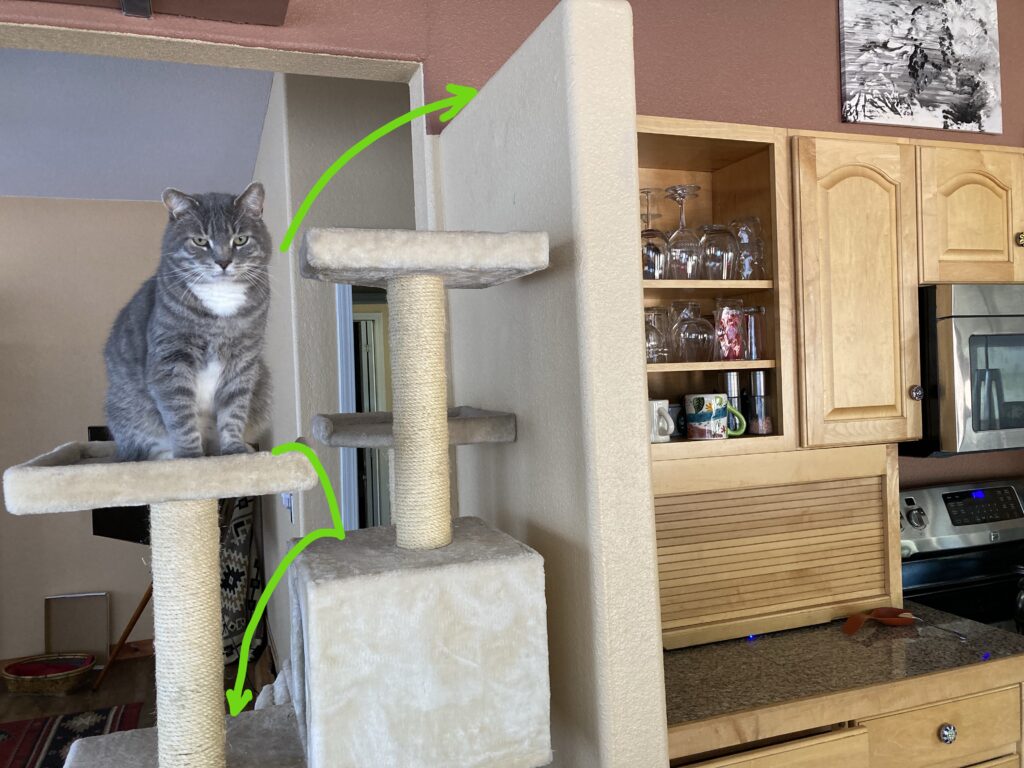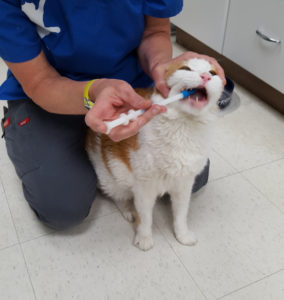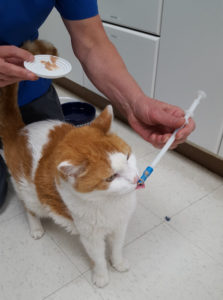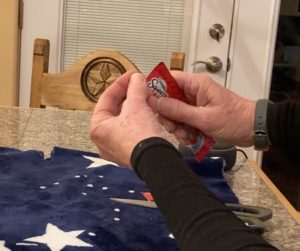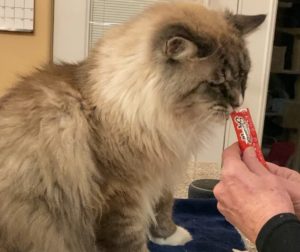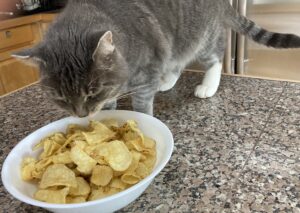
A wild cat’s day begins in the late afternoon. He is an opportunistic feeder, a generalist, who will eat anything from bugs to bunny rabbits. He may snack on a lizard, sunning in the late afternoon sun. As the shadows grow longer, he will go on the prowl, looking for the small rodents that make up most of his diet. If he is lucky enough to catch something, he will retire and dine al fresco, alone. He will then doze or nap a bit while his meal digests. If he is part of a cat colony, he may groom or play with the kittens, while their mothers hunt.
In a few hours, he’s off to hunt again and will keep on prowling, looking for prey. He is not above scavenging a meal from other animals’ leftovers or from human garbage. His stomach is small and he will eat a 6-10 meals as he hunts through the night. When the sun starts to rise, he will turn in for the day, sleeping, grooming and sunning.
The behavior of feeding – why meal feed your cat
Our indoor cats have chosen a different lifestyle. They depend on us, their human caretakers, for their food. They may be fed in one location with other cats, once or twice a day or be free fed from a large bowl of kibble available 24/7 (Reference 1).
The Problem with The big bowl and free feeding
Imagine a big bowl of potato chips or crisps left on the counter. You pick one or two as you go by. It is very easy to continue snacking and before you know it, that bowl is getting empty. In the same way, it is easy for a cat to eat too much of palatable and caloric kibbles left out, nibbling a little at a time.
Free feeding with more than one cat in the home
- Cats with more dominant personalities will nose smaller, more timid cats out of the food bowl.
- Victim cats may gorge and eat their food quickly, leading to “scarf and barf”.
- Victim cats may start to lose weight.
- House-soiling issues can start if the “bully” decides the game should extend to resources other than the food bowl.
The behavior of feeding – what can we learn from wild cats?
- Cats have evolved to eat multiple, small, low calorie meals every day.
- Cats prefer to eat alone – without other cats around.
- Cats spend most of their waking hours hunting and foraging for food.
the take-away for indoor cats
- Meal feeding reflects the way cats naturally eat.
- Cats need to be fed separately from other pets (cats, dogs) in the house.
- Cats need to engage in hunting/foraging behavior.
Choosing to meal feed your cat
It does not need to take a lot of time and effort to meal feed your cat. Divide your cat’s daily allotment of food into 4-5 portions. Your cat will be happier – he will have more to look forward to and his food will be fresher, as smaller portions will be put out frequently instead of topping up the bowl. Check out the Meal Planner below – mix and match the meals that work for you!
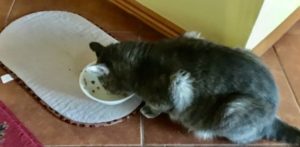
Meal #1
If your cat enjoys wet food, offer a wet meal when you are home to pick up the dishes. Choose an amount your cat can finish in 15 minutes or so.

Meal #2
Dry food can be placed in bowls or feeders around the house. You can change the locations of these daily if you like to keep your cat on his game. Timed feeders can meter out the food while you are away.

Meal #3
Hunting practice: play with your cat with a fishing pole toy for a few minutes. Make sure to end the game with a small snack.
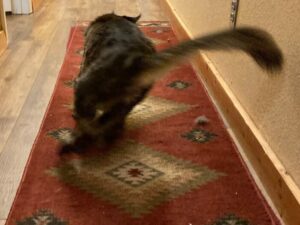
Meal #4
Tossing treats or kibble: Zelda chases dental kibbles down the hallway and pounces on them as if they were grasshoppers. This can be a fun game with larger kibbles like those from dental foods, where 10-15 pieces of kibble are about 30 kcal.
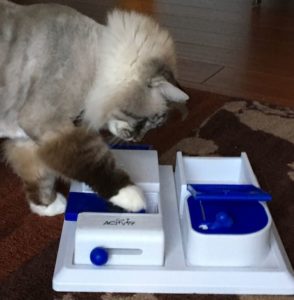
Meal #5
Food puzzles offer foraging opportunities to cats. But be forewarned: most cats are lazy – they will choose food that they do not have to do anything for. You have to meal feed for this to work – otherwise, the cat will just go and snack out of his bowl.
More About Food Puzzles
Most likely, you will need to “train” your cat to use a food puzzle. Once your cat learns one, she will pick up on others more quickly. When your cat knows how to do several of these puzzles, you can rotate them to keep her interest. For more about the psychology of food puzzles and training your cat to use one, see “Cats Eating From a Food Puzzle: Contrafreeloading?“
Choosing to meal feed your cat allows him to engage in more natural feeding behaviors. It will be easier for you to regulate his intake which is better for his health and longevity. With a little bit of creativity and using the Meal Planner, you should be able to meal feed your cat, whether she is a dry food addict or eats a combination of wet and dry foods.
references
- Sadek,T. (chair) “Feline Feeding Programs:Addressing behavioral needs to improve feline health and wellbeing” Journal of Feline Medicine and Surgery (2018) 20, 1049-1055

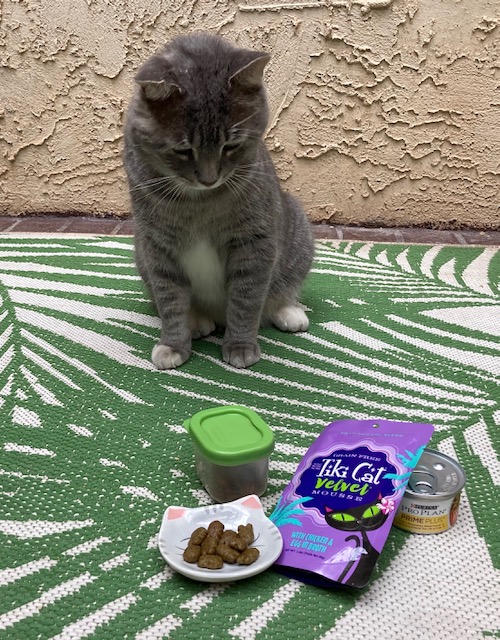
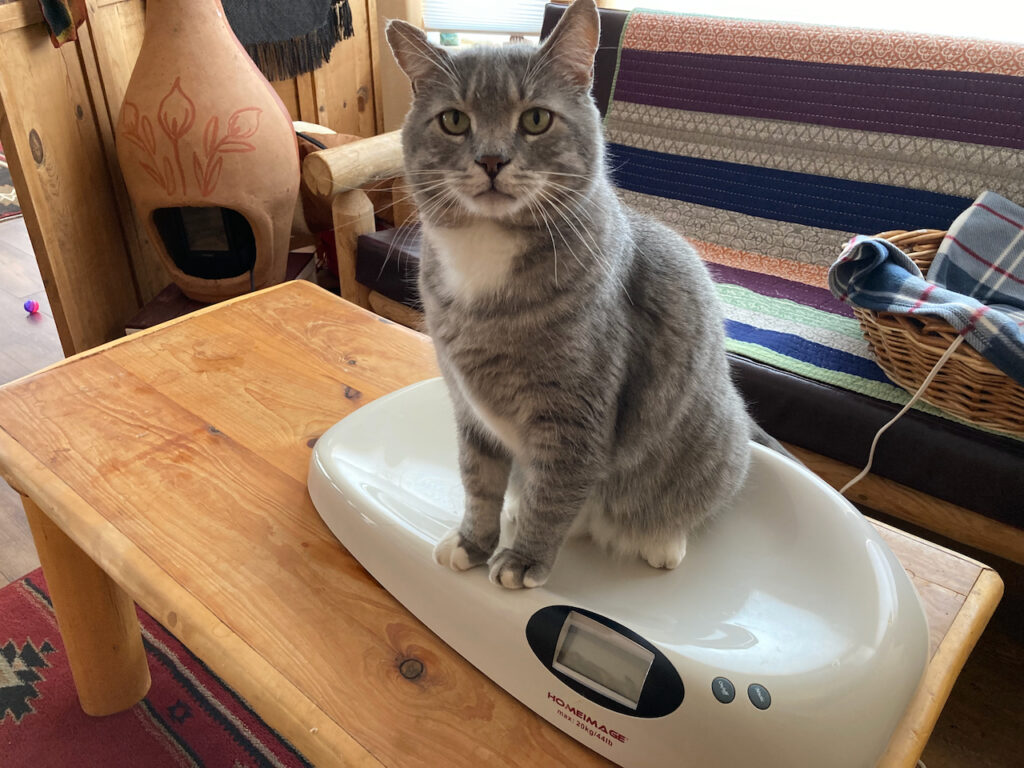 If your cat consumes more calories than she burns, she will gain weight. So, how many calories should your cat eat in day to maintain a healthy body weight?
If your cat consumes more calories than she burns, she will gain weight. So, how many calories should your cat eat in day to maintain a healthy body weight?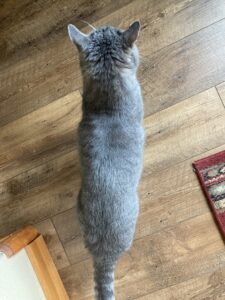
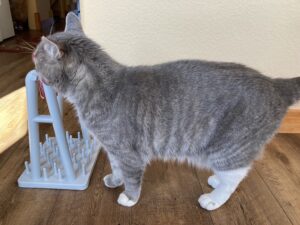

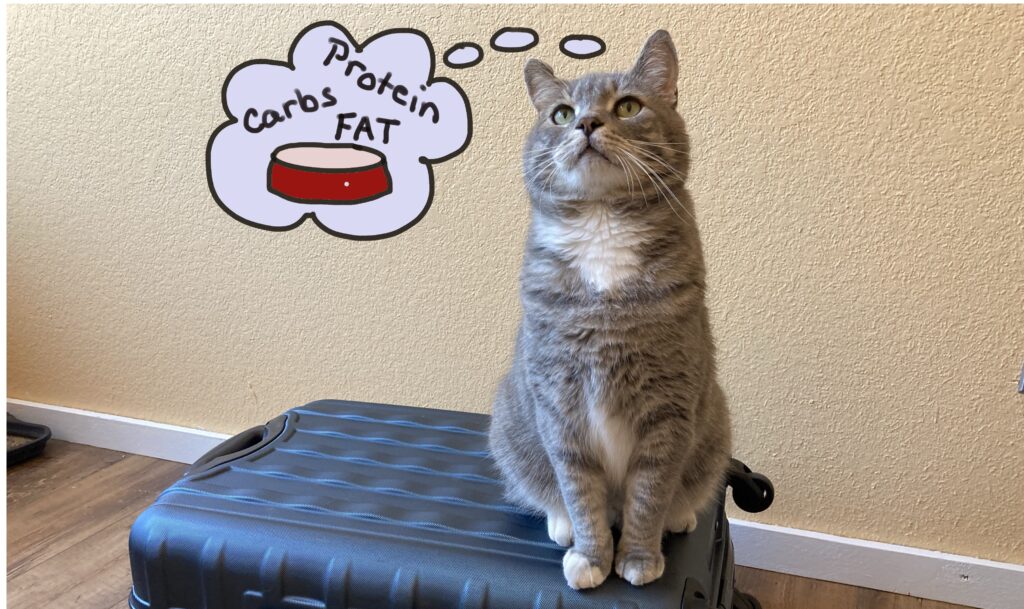
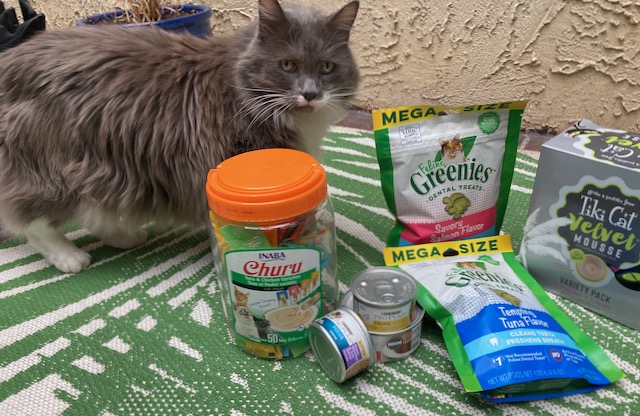 Cats are what we call “obligate carnivores” – they have evolved to eat a diet primarily of animal meat. They have small stomachs, short intestinal tracts, and are designed to eat frequently. A feral cat eats eats the equivalent of 6-8 mice as he hunts from dusk to dawn. In addition to small rodents, reptiles, birds, insects, and rabbits are also on the menu. He consumes the entire prey, including the blood, hair, skin, bones, tendons, and gut contents. These prey are high in protein, have some fat, but little carbohydrate. A feral cat gets about 52% of his energy from protein and 46% from the fat of the prey he eats.
Cats are what we call “obligate carnivores” – they have evolved to eat a diet primarily of animal meat. They have small stomachs, short intestinal tracts, and are designed to eat frequently. A feral cat eats eats the equivalent of 6-8 mice as he hunts from dusk to dawn. In addition to small rodents, reptiles, birds, insects, and rabbits are also on the menu. He consumes the entire prey, including the blood, hair, skin, bones, tendons, and gut contents. These prey are high in protein, have some fat, but little carbohydrate. A feral cat gets about 52% of his energy from protein and 46% from the fat of the prey he eats.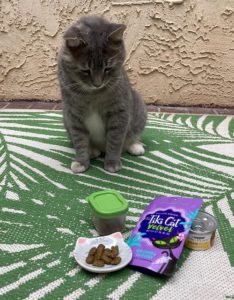
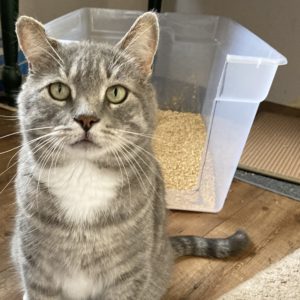 In celebration of Earth Day, this week’s post continues to focus on sustainable cat care. One of your cat’s essential resources is his litter box. Litter boxes are typically made of plastic but there are many choices of litter box filler. How can your choice of cat box filler help in reducing your cat’s carbon pawprint?
In celebration of Earth Day, this week’s post continues to focus on sustainable cat care. One of your cat’s essential resources is his litter box. Litter boxes are typically made of plastic but there are many choices of litter box filler. How can your choice of cat box filler help in reducing your cat’s carbon pawprint?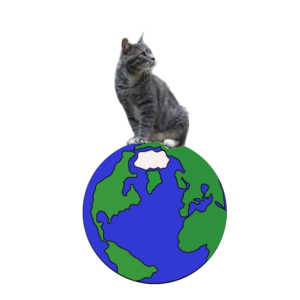
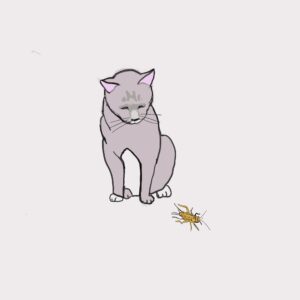
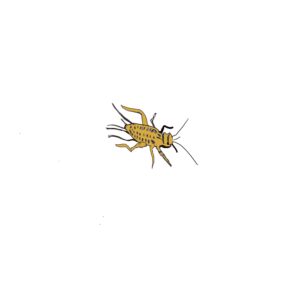 REFERENCES:
REFERENCES: